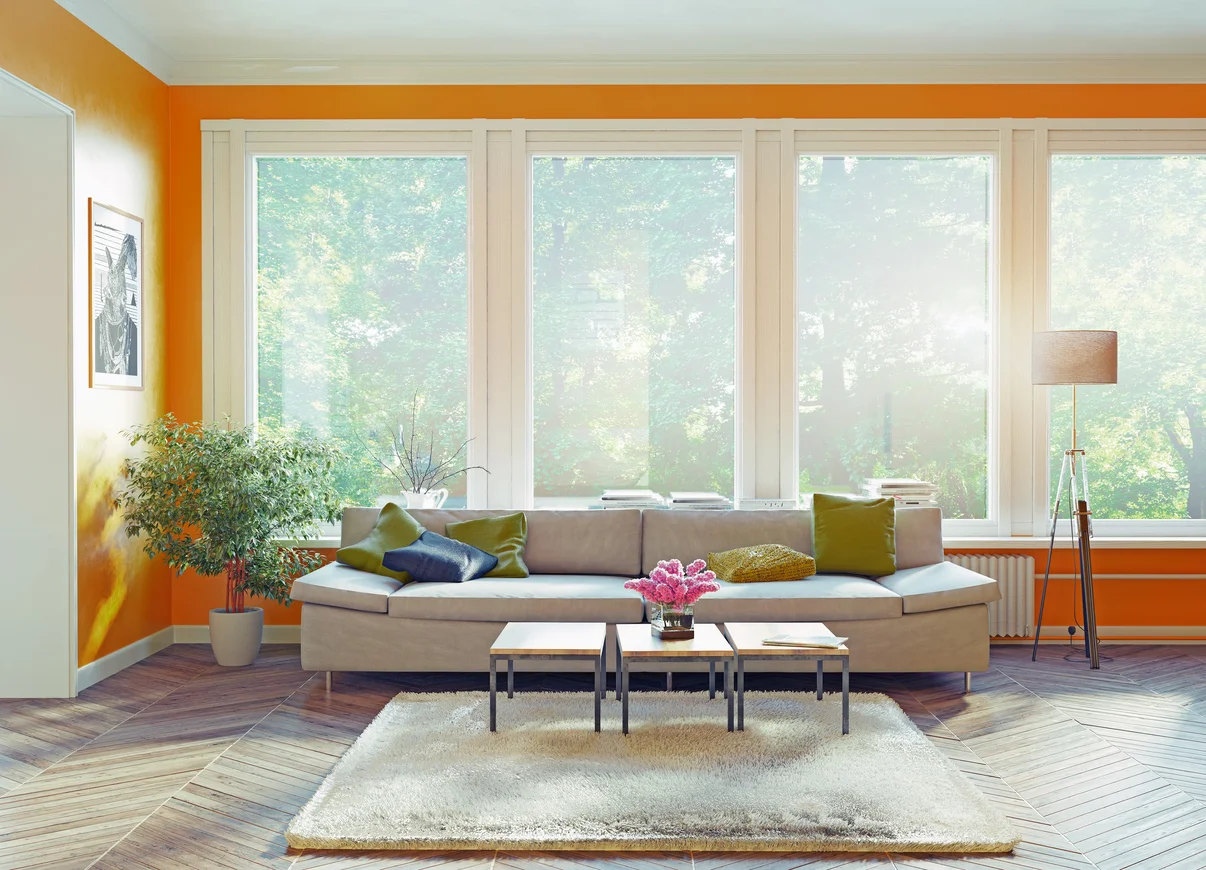Windows come in a variety of operating styles, from the sophisticated to the beautifully simple, each serving to fulfill a specific architectural or operational requirement. Choosing which style is for you depends on a number of factors - whether you’d like to maximize ventilation, have a large, uninterrupted surface through which to admire the view, or whether you’re simply after reliability and durability. Here we’ll look at what each of these style entail in order to help you decide which one best suits your requirements.
Awning and hopper window
Awning windows open outward from a hinge at the top. These can be particularly useful as rows of ventilation windows near the top of a room or in conjunction with a large fixed window. Similar to the awning window is the hopper which also opens vertically, but is hinged at the bottom and opens inward. Although neither opens fully, they can be helpful in contributing to ventilation and cooling.
Casement
Casement windows swing open horizontally on a hinge like a door. Opening inwards, this allows for easy cleaning, a clear view and maximum ventilation. They’re also easy to open and close, seal well, and possess few moving parts for a simple and reliable design.
RELATED: BEST WINDOW STYLES FOR BROWNSTONE ROWHOUSES
Double hung
These windows have two movable sashes that are able to slide up and down in order to control ventilation. This is a popular American style that allows for a large amount of light and airflow. Double hung windows are a good option where hinged windows are not practical for space or architectural purposes. Double hung windows are ideal for a traditional look, but are also compatible with a wide range of building styles. The biggest drawback to double hung windows is that they do not seal as well as other varieties. This can be countered with quality weatherstripping and regular maintenance.
RELATED: DOUBLE HUNG VERSUS SINGLE HUNG WINDOWS
Tilt turn
This sophisticated mechanism allows a window to operate in one of two ways at a time, either swinging open horizontally like a casement window, or locking at the bottom and opening partially at the top like a hopper. This is a popular European style that allows for easy cleaning, maximizes ventilation and provides a clear, uninterrupted view.
Glider
Like double hung, these are ideal for saving space or where room for a window to swing open on a hinge is not available. Glider windows consist of a sash that slides open and closed horizontally along a track. Perhaps the biggest issue reported with glider windows is that they become difficult to slide over time. This can be easily prevented with regular cleaning and maintenance.
Fixed
Fixed windows are largely ornamental. They don’t open at all, but typically form panels that contribute to the aesthetic of operable windows or model to the shape of a building’s architecture for the purpose of letting in more light or viewing the outdoors. An ornate semi-circle fixed window arrangement above a casement window or front door, for example, creates a tall archway that contributes to a light and airy atmosphere and a number of architectural styles including Italian, Gothic and Renaissance styles. Fixed circular windows can be used to allow natural lighting into a loft or stairwell and provide a quaint porthole effect.


